21 Reasons To Fall In Love With Vietnam
Goldentour.vn - Vietnam should be on the top of everyone’s travel list. It’s that simple. With its dramatic landscapes, fascinating history, epic food and pulsating energy, Vietnam will electrify all of your senses and seize you from all angles. Vietnam is at once crazy and serene, thrilling and relaxing.
There are endless reasons to hop on a flight to Hanoi or Ho Chi Minh City and travel down or up this amazing country by train, plane, bus or — the preferred method of transport — motorbike. If you need persuading, here are 21 reasons to fall head over heels in love with Vietnam:
1- Street Food
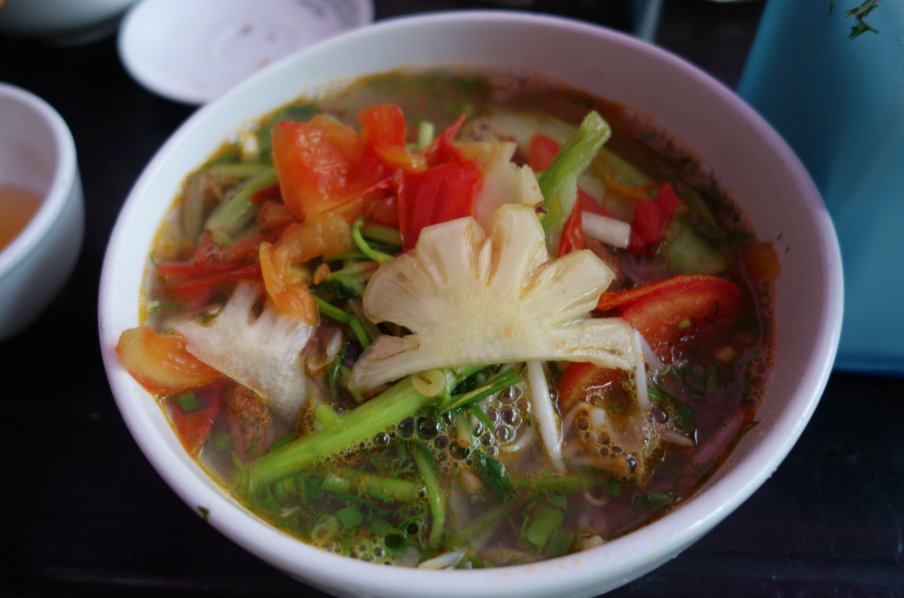
The best place to eat in Vietnam is on little, plastic stools on the sidewalk. Whether it’s noodle soups, like the iconic pho or bun ca (the fish and pork-based soup garnished with dill pictured here), or bun cha — char-grilled pork served over rice noodles with herbs and dipping sauces — the street food in Vietnam is nothing short of amazing. At any hour of the day, you’ll find Vietnamese people of all ages congregating under market awnings or outside store fronts, chowing down and enjoying each other’s company. Eating on the street is by far the most exciting — and accessible — way to truly experience daily life in Vietnam, and it’s also where you’ll find the best food.
2- Motorbikes
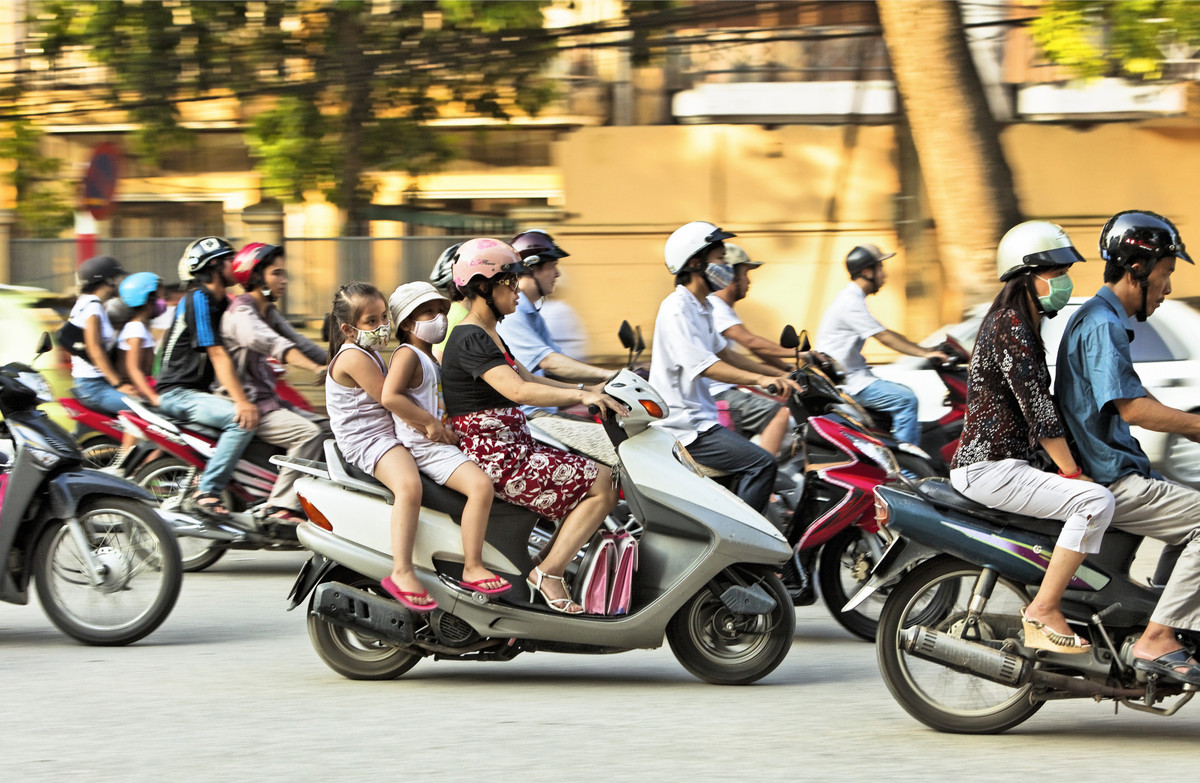
One of the first and more important things to learn when visiting Vietnam is how to cross the street. It may be intuitive at home, but the traffic in Vietnam’s major cities seems so chaotic and incessant, that getting from one side of the road to the other feels almost impossible at first. You’ll find cars and people in the street, but the preferred mode of transportation is motorbikes, and the stream of two-wheelers feels like unpredictable, roaring rapids when you’re standing on one sidewalk trying to get to the next. According to The Diplomat, there are currently 39 million motorbikes in Vietnam, up from about 4 million in 1996. That’s a lot of bikes — and with at least two people on every bike — that’s also a lot of people. The trick to crossing the street is to walk steadily, at an even pace. If you’re moving at a predictable rate, the motorcyclists will move around you. Eye-contact with oncoming bikers doesn’t hurt either. The most important thing is to keep moving and not to stop or speed up. Once you’ve got the hang of crossing the street, you can really appreciate the beauty of the organized chaos.
3- Coffee
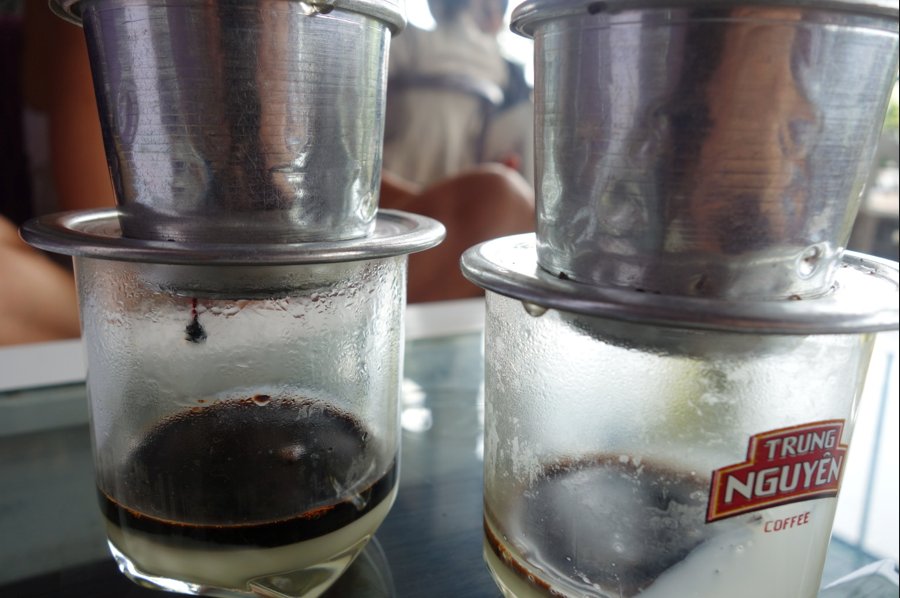
As the second biggest producer of coffee in the world, Vietnam knows a thing or two about coffee. Most importantly, coffee comes with sweetened condensed milk (a.k.a. the best stuff on Earth) pretty much without exception. It’s also an integral part of the culture, served in cafes and... drumroll... on the street, of course.
4- Mekong Delta
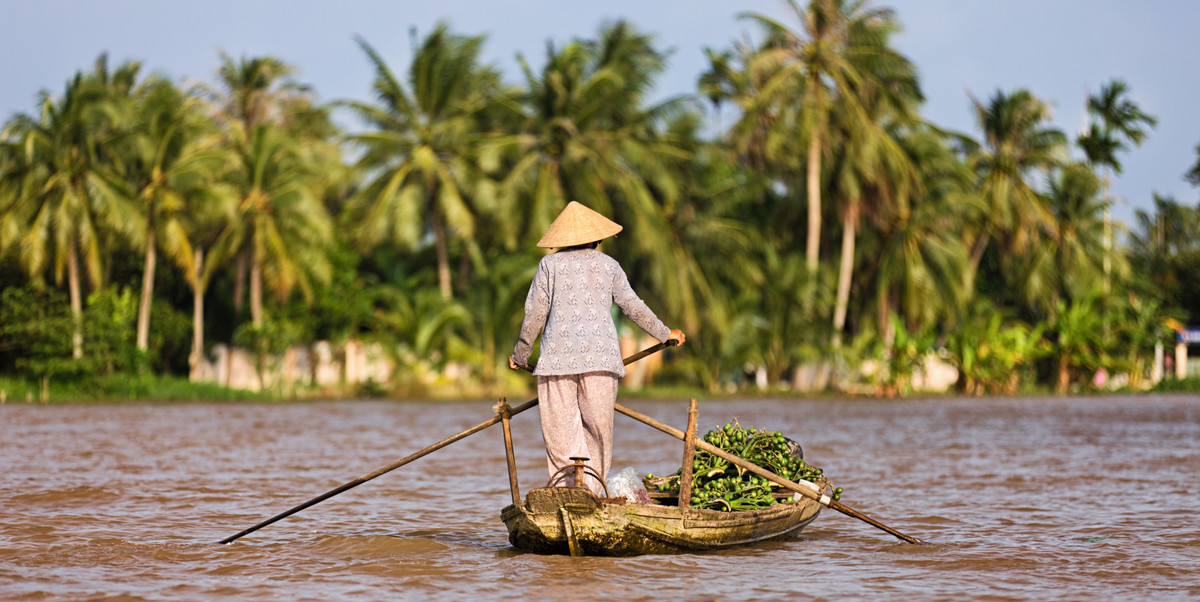
The Mekong Delta is an area in Southwestern Vietnam where the Mekong River dumps into the sea. Visitors can go to Can Tho, the largest city in the area, and get a real taste of rural life in this region affectionately known as the “rice bowl.” Traveling up the backwaters, visitors will be wowed by the floating markets and above all else, the friendly people who live in the region.
5- Caves
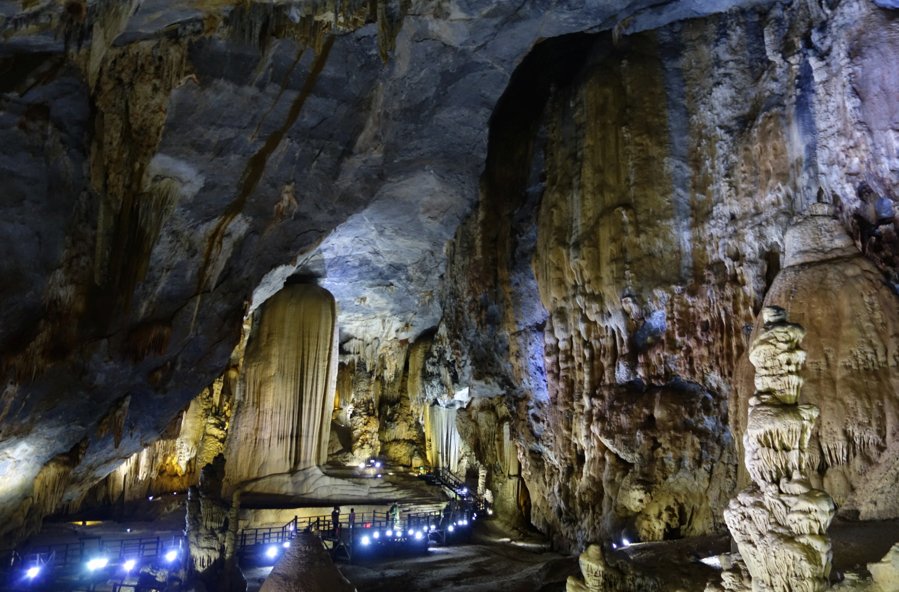
Mammoth caves that hold entire jungles and lakes are still being discovered in Vietnam. Son Doong Cave, the biggest cave in the world, was only first explored in 2009, and didn’t open to tourists until 2012. Trips into Son Doong are still highly controlled, expensive and limited, but there’s a vast network of caves that are much more accessible. Paradise Cave, pictured here, in Phong Nha-Kẻ Bàng National Park, is 19 miles across and offers a variety of tours into its interior, including an easy walk on the boardwalk at the beginning of the cave and a trek past the boardwalk for the more adventurous. Headlamps and nerve are required. Visit before the sights become overrun with tourists.
6- Markets
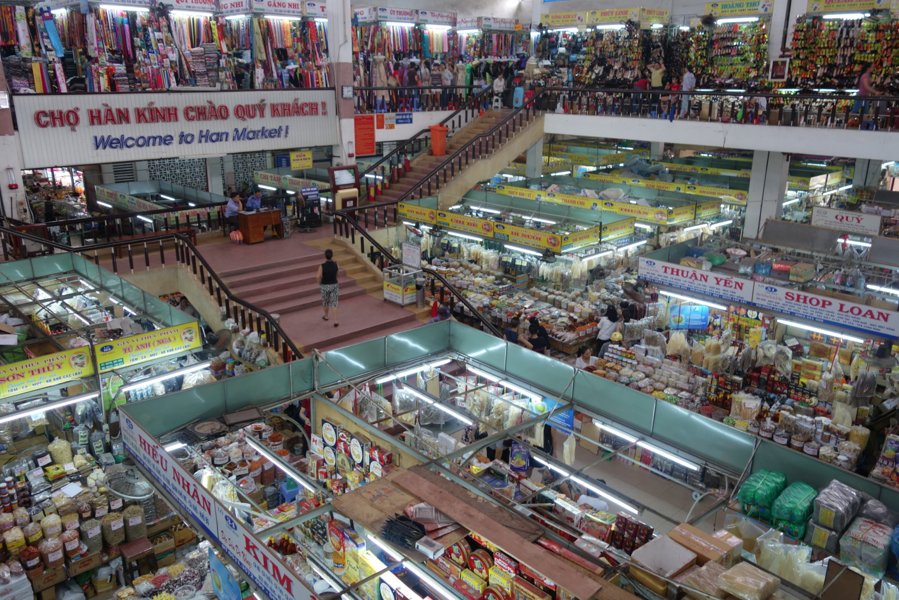
Markets in Vietnam may not be cavernous underground worlds of stunning rock formations and skyscraper high stalagmites, but they can be cavernous worlds unto themselves. Markets like this one in Danang sell everything from fabric for clothing to dried baby shrimp. Needless to say, you can get lost exploring the rows for hours. They’re most active in the early morning and late evening, when the temperature cools down a bit and shoppers come out. During the middle of the day, you might find shopkeepers taking a nap in front of their stalls. When we say you could spend all day in these markets, we seriously mean it.
7- Fresh seafood
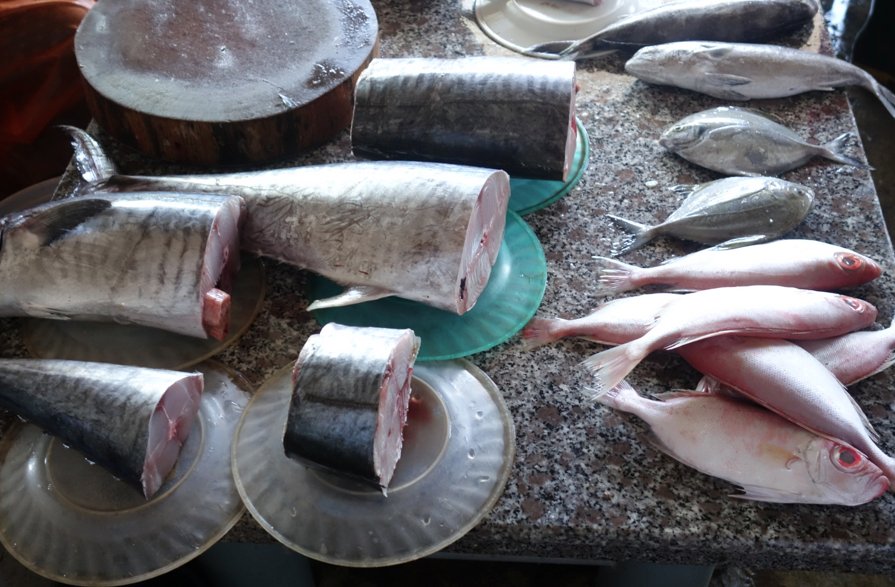
One of the most extraordinary things about the markets in Vietnam is that the food doesn’t smell at all. You’ll walk into the food section and see freshly caught fish, snails, crabs and prawns and brace yourself for a fishy smell. But because the fish you see in the market was caught just a few hours ago, you won’t smell a thing. We swear.
8- Fresh meat
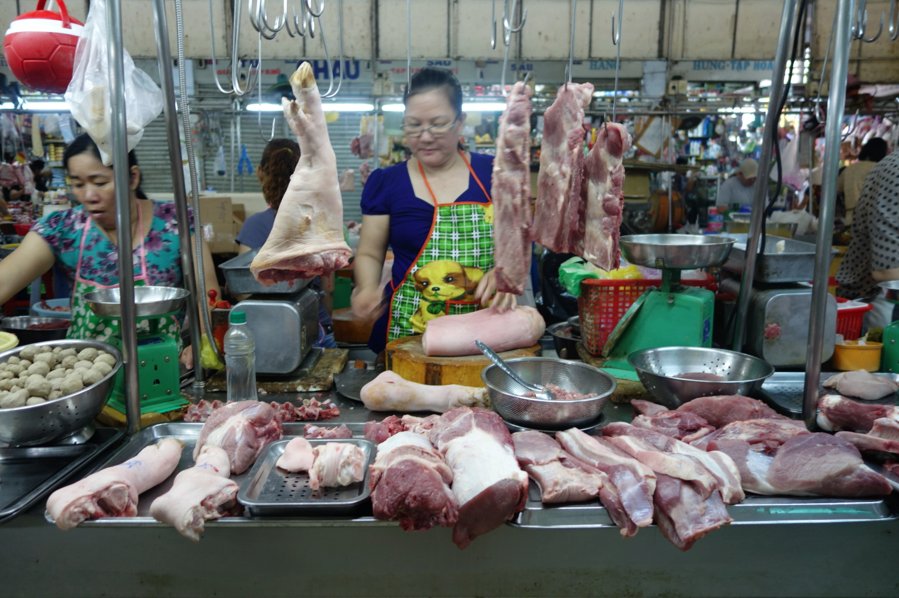
Same goes for the meat. When you see a pig’s head laid out on a table next to a slew of other cuts, you’d assume something would smell. The meat was butchered no more than four or five hours ago so it doesn’t give off any smell. You can tell it’s super fresh by the bright red color. If you see browning meat, it may be a day old and will cost less. Most people buy their meat the same day it was butchered, however, making for some extraordinarily fresh dishes and surprisingly pleasant market experiences.
9- Fresh Vegetables
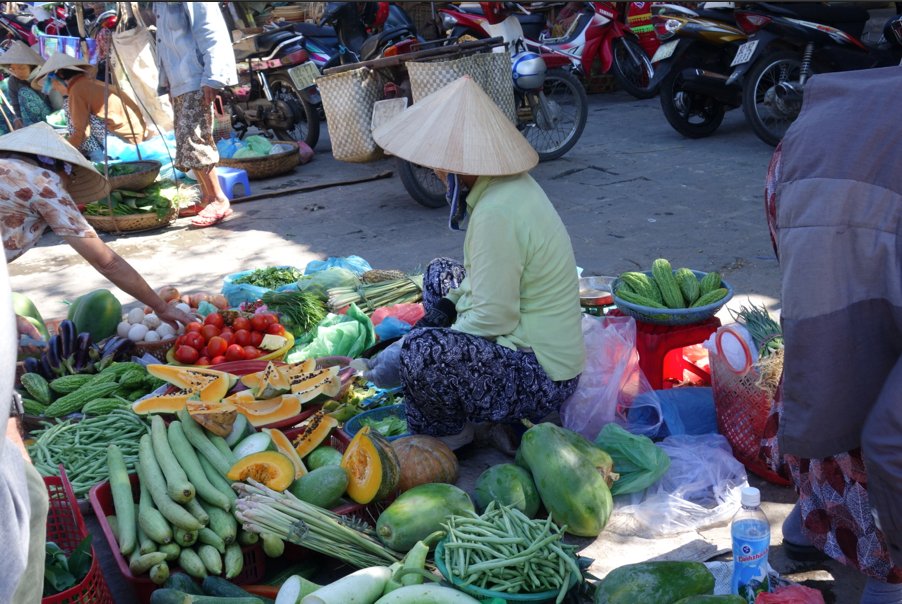
You might not recognize all the vegetables you’ll find in Vietnam, but you should try them all. From bitter melon to morning glory, the vegetables go into everything from shredded salads — like green papaya salad — to stir-fries. Like all the other food you’ll find in Vietnamese markets, everything is super fresh.
10- Fresh Fruit
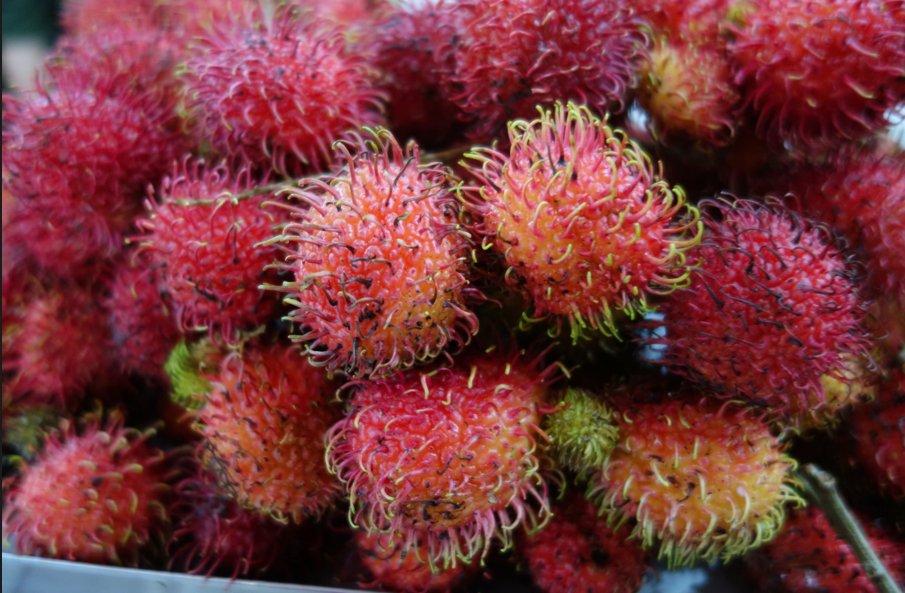
Don’t be alarmed if you see spiky fruits you can’t identify. It could be a durian, dragon fruit or rambutan (pictured here) — and they’re all worth a try. (Be warned: durians smell like feet and are not for the faint of heart.) You’ll also find mangos, papayas, mangosteens, jack fruit and a fleshy fruit with a bumpy green skin called custard apples, among more familiar fruits like pineapples, bananas and watermelons.
11- Vistas
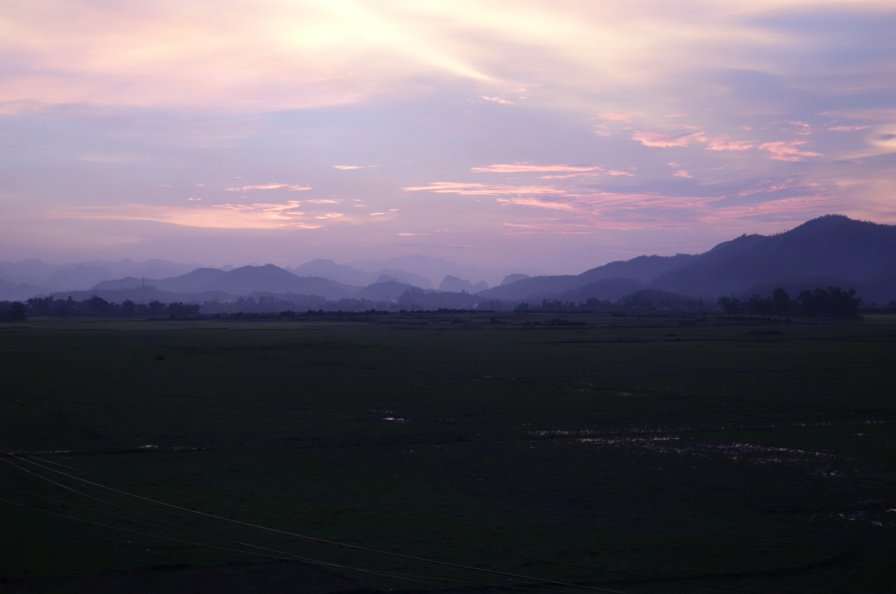
Views of the horizon are magnificent, especially at sunset, all over the country. The mountainous vista pictured here — filled with sharp undulations, like shoulders standing side by side — is in the Quảng Bình province in Central Vietnam.
12- Halong Bay
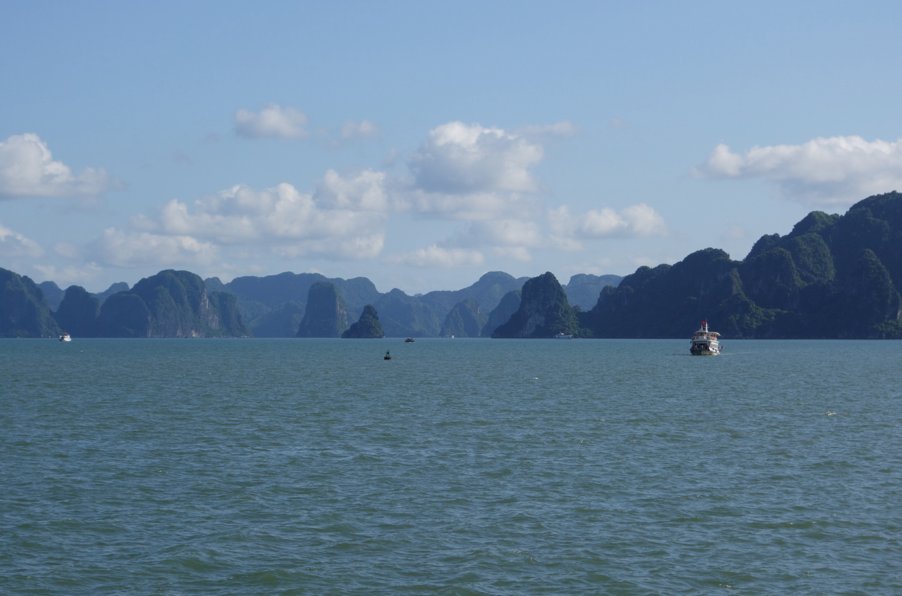
Speaking of vistas, Halong Bay, the UNESCO World Heritage Site in the Gulf of Tonkin, is every bit as spectacular as people say. It IS worth the roughly four hour drive from Hanoi, and it IS worth fighting the swarms of tourists to see. The bay used to be littered with a lot more trash, but with recent clean-up efforts, it’s much better these days. The 1,600 islands jut out of the sea, seemingly one on top of the other, creating a dramatic scape of mountains, sea and sky.
13- History
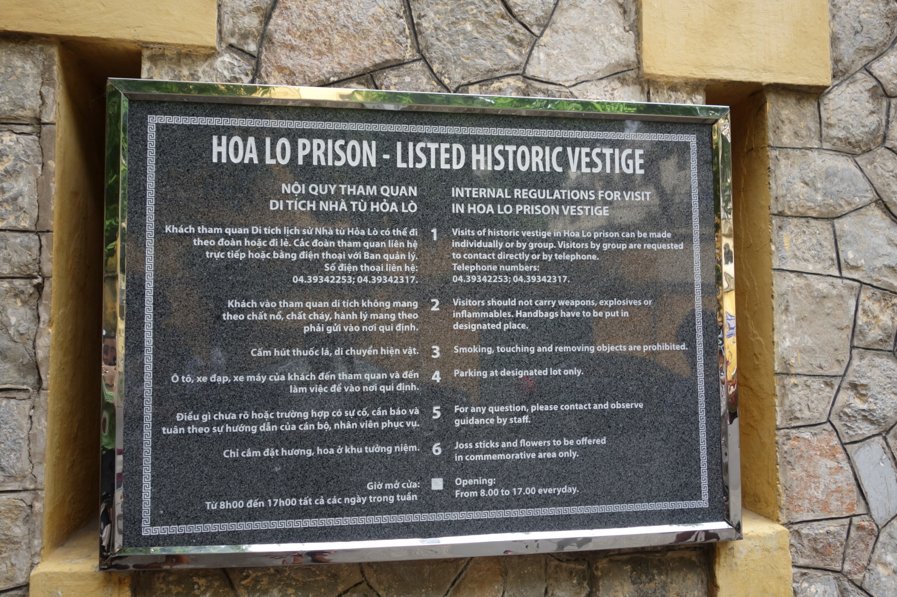
Vietnam’s history is tumultuous and complex, the country having been occupied and divided by various countries for decades. Colonial influences are visible everywhere, from the architecture to the food and the coffee. The aftermath of the Vietnam War is apparent too — in the museums and monuments but also in the faces and stories of survivors and the overwhelmingly young population. Interwoven with our own history, Vietnam’s past is not only fascinating, it’s also important to learn about.
14- Bánh Xèo: Rice Pancakes
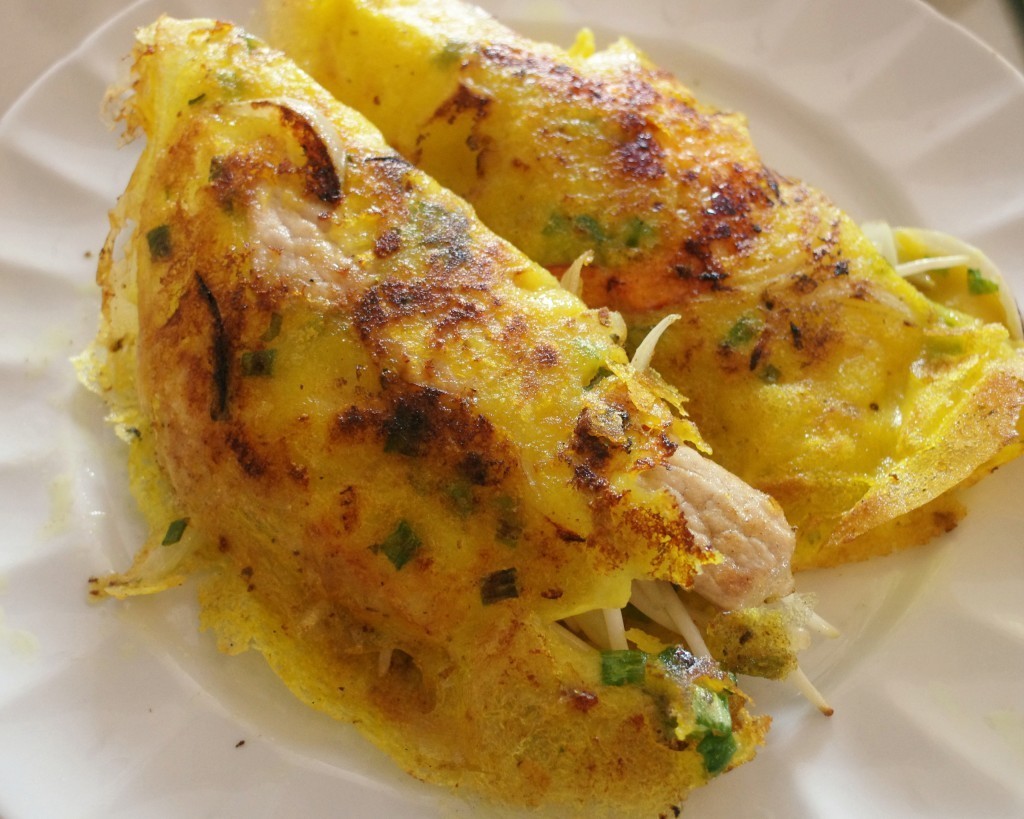
Bánh xèo are rice pancakes, and while they may sound ordinary, they are anything but. Grossly underrepresented outside of Vietnam, this practically perfect dish isn’t well-known to many non-Vietnamese. Made simply with rice flour and water, the pancakes are very basic, but somehow also sublime. They owe their yellow color to turmeric, not eggs, and they’ll typically have some small prawns cooked inside. The real fun comes when you add all the fresh herbs you want, and dip them into a sweet and sour sauce.
15- Sapa
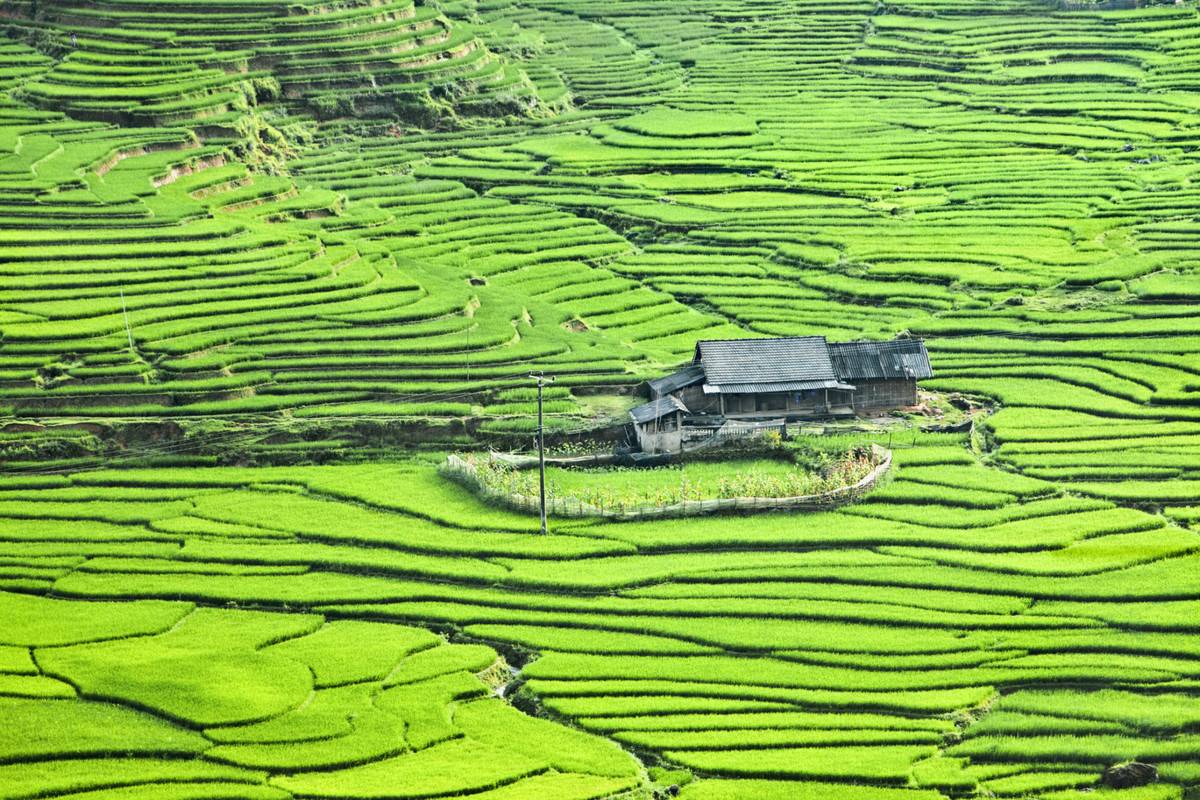
Sapa, a hill station in the Northwest of Vietnam, is one of the country’s most stunning areas. Its dramatic rice terraces and surrounding peaks make this mountainous area well worth the short trip from Hanoi. You can take an overnight train from Hanoi to Sapa, which makes it a popular destination on the tourist circuit.
16- City Parks
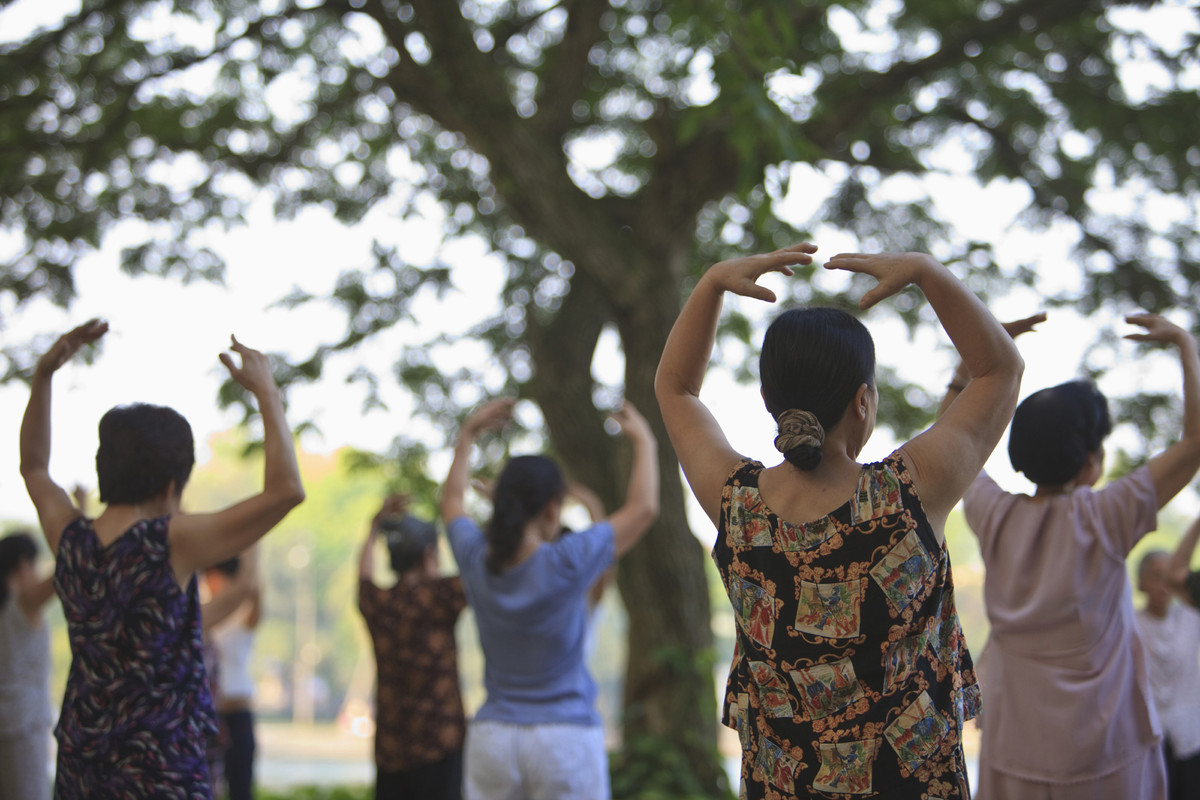
In the early morning hours and around dusk, you’ll find groups of Vietnamese men and women doing every exercise under the sun. Large groups of people, young and old, gather around an instructor and follow aerobics routines with music blaring in the background. A few feet away, a group will be practicing ballroom dancing, flanked by some guys playing basketball. Meanwhile, walkers and runners will be circling the periphery of the park. It’s a wonderful sight to behold and scene in which to partake if you’re up for it.
17- Beaches
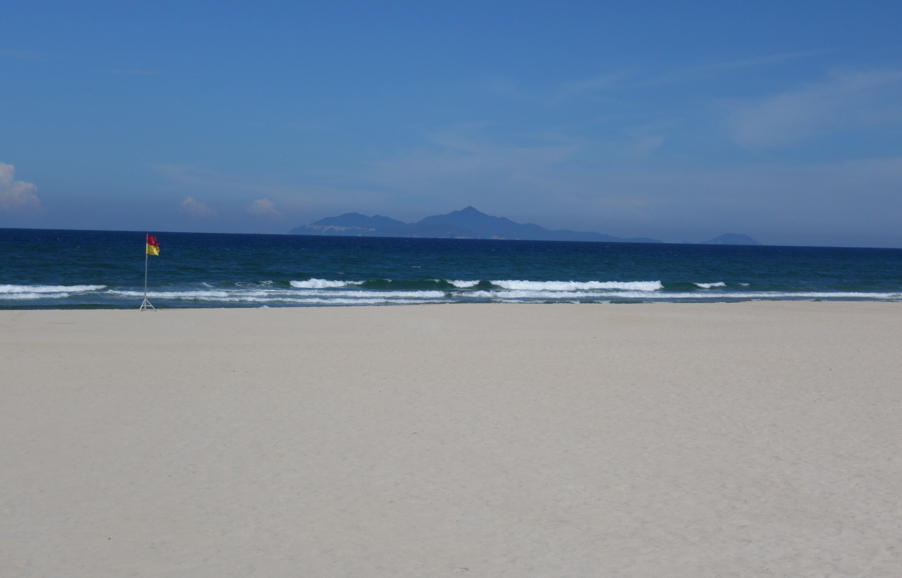
Vietnam’s beaches may be one of the country’s most unsung beauties. While travelers may think of Thailand and Cambodia as the countries to visit for white sand and clear water, Vietnam boasts beaches that rival these countries’ beloved tourists spots. Sure, some beach towns in Vietnam, like Nha Trang and Mui Ne, get a lot of attention, but quieter, less-traveled beaches like Doc Let are the real treasures. Con Dao and Phu Quoc are some of the most gorgeous islands in South East Asia, and travelers would be wise to hurry there now, before these isolated, idyllic spots suffer the same fate as the over-traveled beaches in Thailand and Cambodia.
18- Fresh Herbs
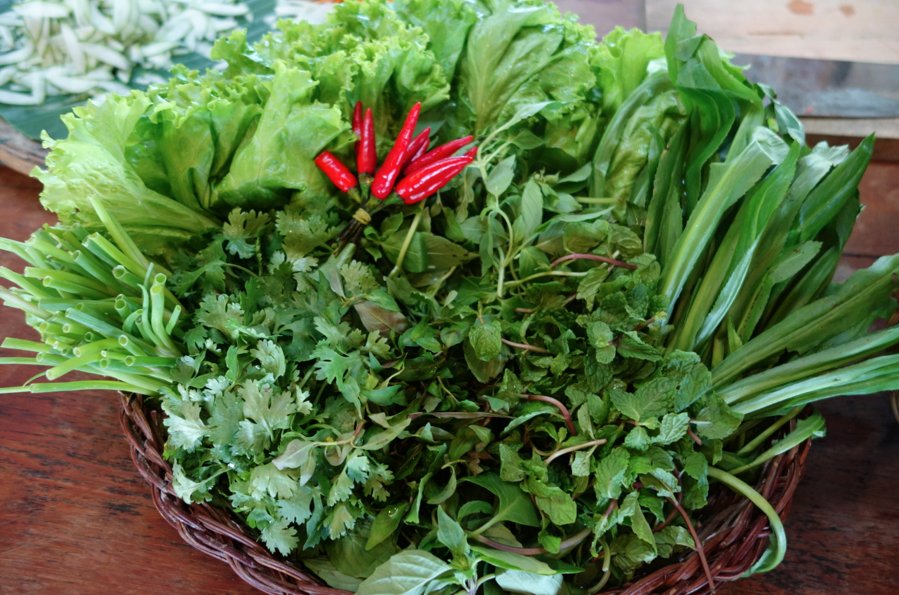
In Vietnam, it’s all about the herbs. Plates piled high with fresh herbs like Thai basil, coriander, mint, and dill, and greens like Morning Glory accompany everything from soups to spring rolls. The crisp, refreshing addition of these herbs and greens cuts salt and fat and brings levity to some of the heavier dishes. Used as garnishes or wraps, herbs also serve as great palate cleansers and most of all, they make food really fun to eat.
19- Hoi An
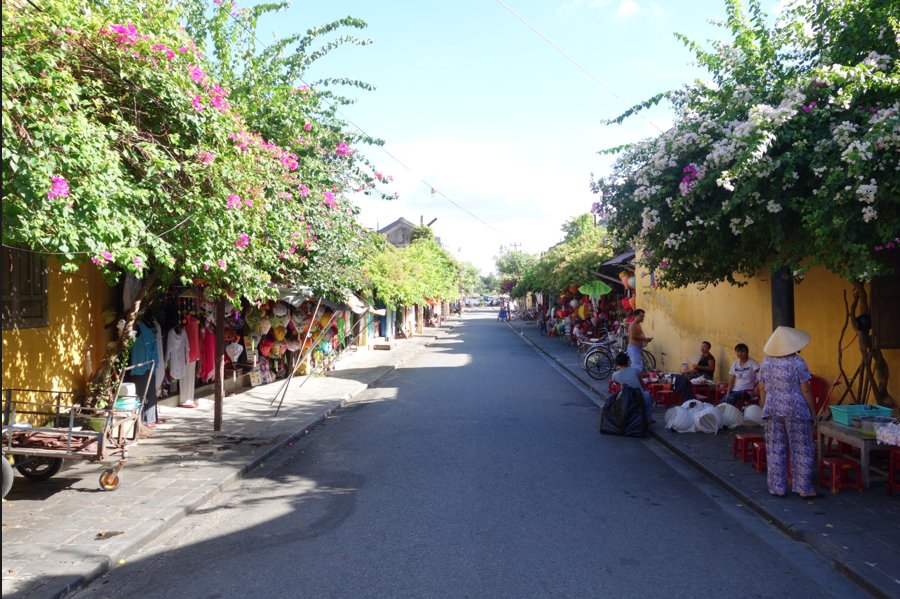
A UNESCO World Heritage town, Hoi An is one of the most picturesque, lovely places to visit in all of Vietnam. Located in the center of the country, just outside of Danang, Hoi An used to be a flourishing port town from the 15th to the 19th centuries, before the Thu Bon river silted up and basically halted trade in the region. Fortunately in the 1990s, the town was declared a World Heritage site and tourism has since revived the so-called “Venice of Vietnam.” Thanks to the international residents — from the Chinese and Japanese to the French — during the port years, Hoi An boasts a variety of local specialities that you can’t find anywhere else in the country. Dishes like Cao Lau and White Rose Dumplings are reason enough to visit Hoi An, and when you factor in the gorgeous, canal-side setting and preserved colonial French architecture, it really does become a national treasure.
20- Noodle Soup
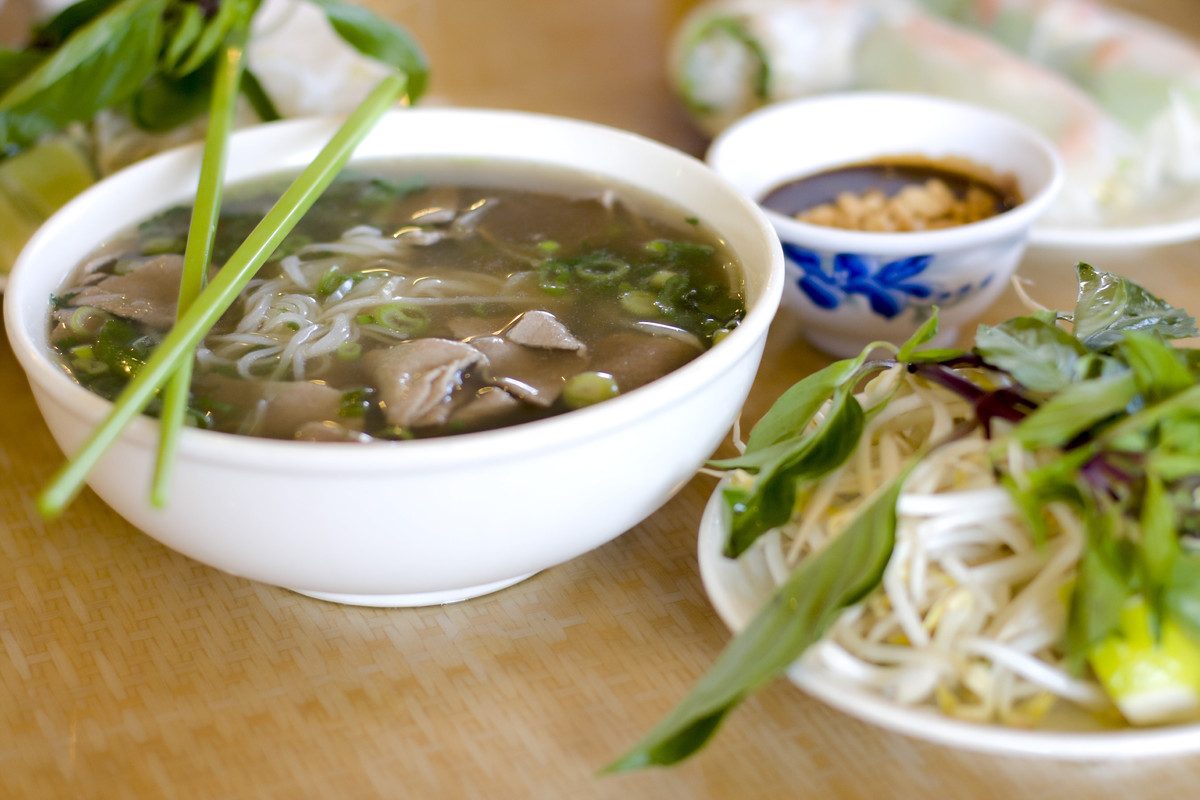
Pho (pronounced fuh, fyi), may be Vietnam’s most iconic dish, but it’s just the beginning of the country’s amazing noodle soups. Noodle soups are typically eaten for breakfast, oftentimes at a street stall or in a market. They run the gamut and include Bun Bo Hue, a beef bone broth-based noodle soup for which people (including Anthony Bourdain) travel to its namesake town Hue. Bun Ca, a pork and fish-based soup with dill and tomatoes, is a noodle soup specialty to Hanoi. You could spend months in Vietnam without eating the same noodle soup twice — although once you get hooked on one, you’ll definitely return for seconds.
21- People
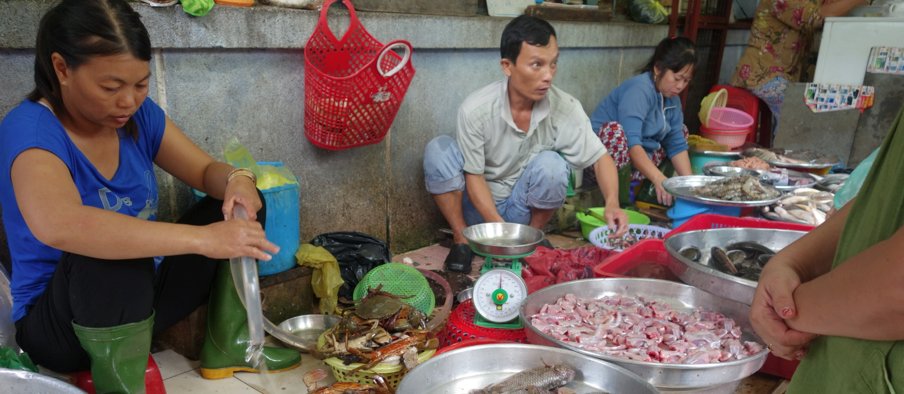
Kind, thoughtful, industrious, optimistic, generous — the people are the heart of country, and if you visit, you should take every opportunity to get to know them.
21 Reasons To Fall In Love With Vietnam
Goldentour.vn




.jpg)




.jpg)
